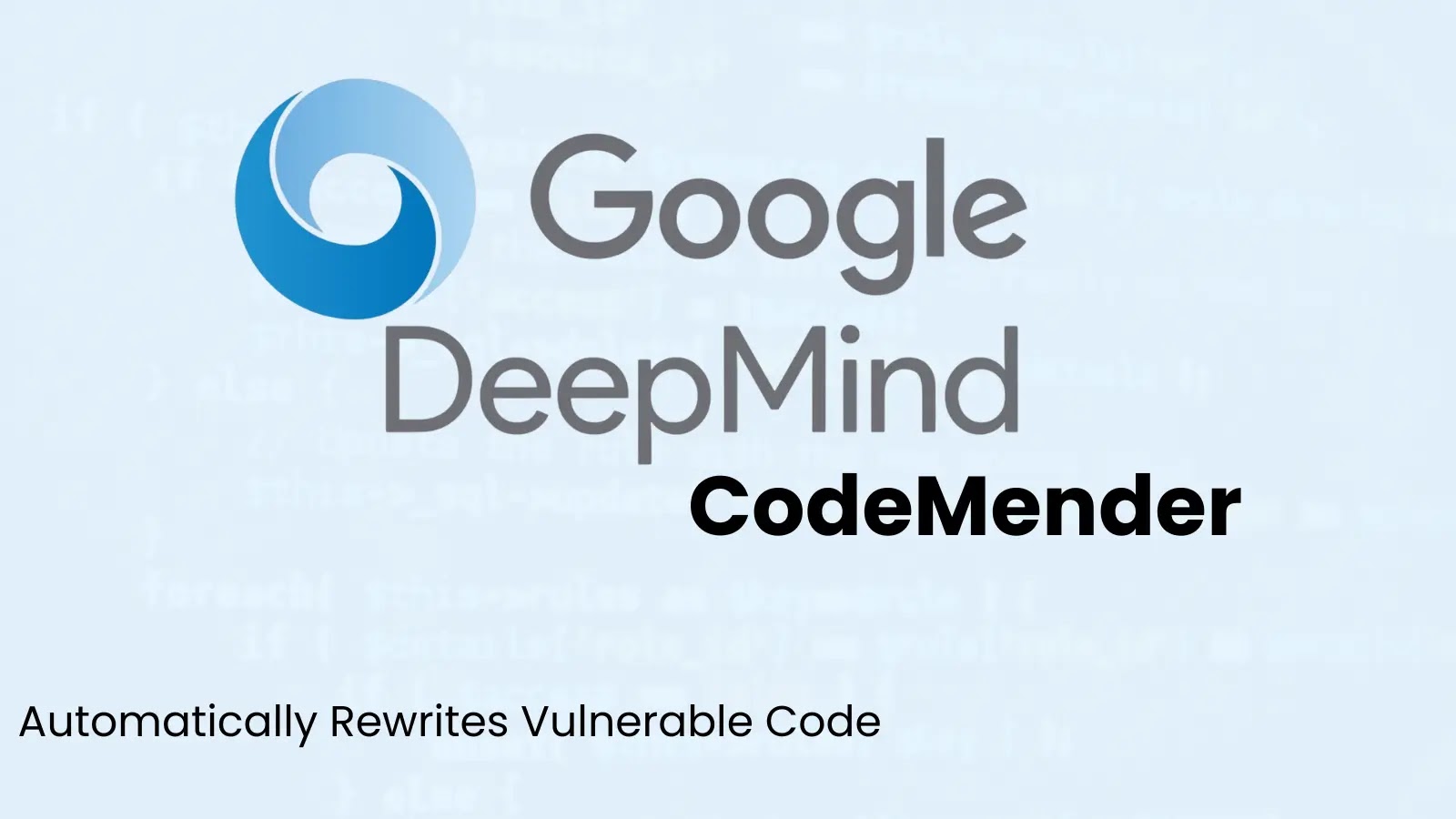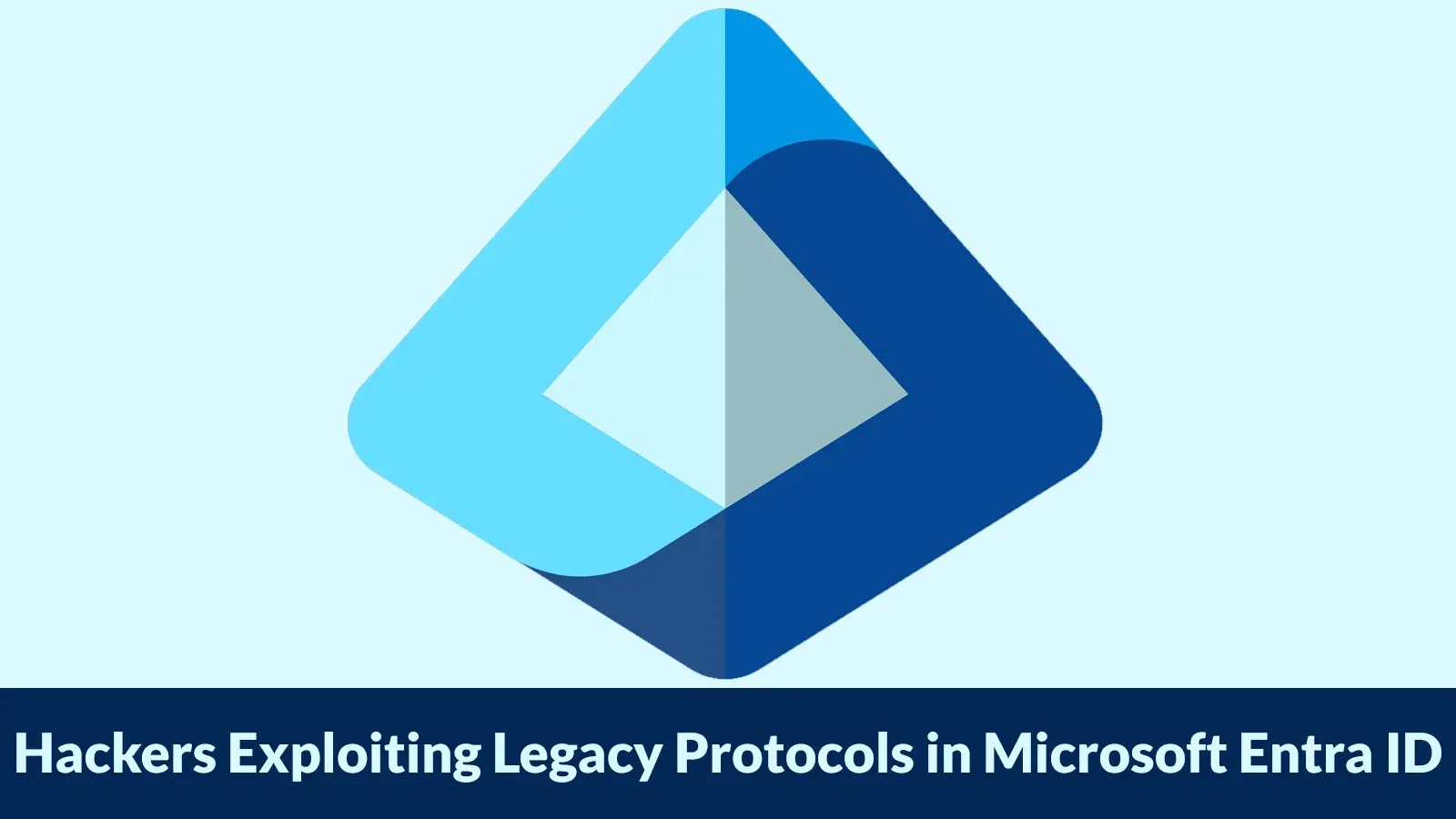In an era where software vulnerabilities are rapidly identified through advanced tools, the challenge of promptly addressing these flaws has become increasingly pressing. To bridge this gap, Google has unveiled CodeMender, an artificial intelligence-powered agent designed to autonomously detect and rectify security vulnerabilities within software codebases. This initiative marks a significant advancement in the realm of software security, aiming to streamline the patching process and enhance overall system resilience.
The Genesis of CodeMender
The inception of CodeMender is rooted in the escalating need to manage the deluge of security vulnerabilities uncovered by sophisticated AI tools. Traditional methods of manual patching are often labor-intensive and time-consuming, leading to delays that can be exploited by malicious actors. Recognizing this bottleneck, Google embarked on developing an AI-driven solution capable of not only identifying but also autonomously fixing these vulnerabilities, thereby accelerating the remediation process and fortifying software defenses.
Operational Mechanism of CodeMender
At its core, CodeMender operates as an autonomous agent powered by Google’s advanced Gemini Deep Think models. It is equipped with a suite of sophisticated tools that enable it to:
– Analyze Software Code: Utilizing both static and dynamic analysis techniques, CodeMender scrutinizes codebases to identify potential security flaws. This comprehensive examination allows it to detect vulnerabilities that might be overlooked by conventional methods.
– Debug Complex Issues: When a vulnerability is identified, CodeMender delves into the root cause, employing advanced debugging techniques to understand the underlying issue. This depth of analysis ensures that the proposed fixes address the core problem rather than just the symptoms.
– Validate Code Modifications: Before implementing any changes, CodeMender rigorously tests its proposed patches to ensure they do not introduce new issues or regressions. This validation process is crucial in maintaining the integrity and functionality of the software.
Proactive and Reactive Approaches
CodeMender’s strategy encompasses both reactive and proactive measures:
– Reactive Patching: Upon the discovery of new vulnerabilities, CodeMender swiftly generates and applies patches to mitigate the risks. This rapid response minimizes the window of opportunity for potential exploits.
– Proactive Code Hardening: Beyond addressing known vulnerabilities, CodeMender proactively rewrites existing code to eliminate entire classes of potential security flaws. By adopting more secure coding practices, it fortifies the software against future threats.
Real-World Impact and Achievements
In its initial six months of deployment, CodeMender has made significant contributions to the open-source community:
– Security Fixes: The agent has successfully contributed 72 security fixes to various open-source projects, some with codebases as extensive as 4.5 million lines. This substantial impact underscores its capability to handle complex and large-scale software systems.
– Enhancing libwebp Security: A notable application of CodeMender’s proactive approach was its deployment on the widely used `libwebp` image compression library. By systematically applying `-fbounds-safety` annotations—a security feature that adds bounds checks to code—CodeMender effectively rendered the notorious `libwebp` vulnerability (CVE-2023-4863) unexploitable. This particular vulnerability had been exploited in zero-click attacks on iOS devices, highlighting the critical importance of such proactive measures.
Ensuring Reliability and Accuracy
While the autonomous nature of CodeMender offers numerous advantages, Google emphasizes the importance of human oversight to ensure the reliability and accuracy of the AI-generated patches:
– Human Review: Every patch generated by CodeMender undergoes thorough review by human researchers before being submitted. This collaborative approach combines the efficiency of AI with the nuanced understanding of experienced developers.
– Engagement with Open-Source Maintainers: Google is actively reaching out to maintainers of critical open-source projects, offering CodeMender-generated patches and soliciting feedback. This engagement aims to refine the system and ensure its outputs align with the specific needs and standards of various projects.
Future Prospects and Public Release
Looking ahead, Google’s ultimate goal is to refine CodeMender into a robust tool that can be publicly released for use by all software developers. By democratizing access to such advanced AI-driven security solutions, Google aims to elevate the overall security posture of the software development community. Detailed technical papers and reports are anticipated in the coming months, providing deeper insights into CodeMender’s methodologies and achievements.
Conclusion
The introduction of CodeMender represents a pivotal advancement in the field of software security. By harnessing the power of artificial intelligence to autonomously identify and fix vulnerabilities, it addresses the critical challenge of timely patching in an increasingly complex digital landscape. As CodeMender continues to evolve, it holds the promise of significantly enhancing the security and reliability of software systems worldwide, marking a new era in proactive and efficient vulnerability management.



